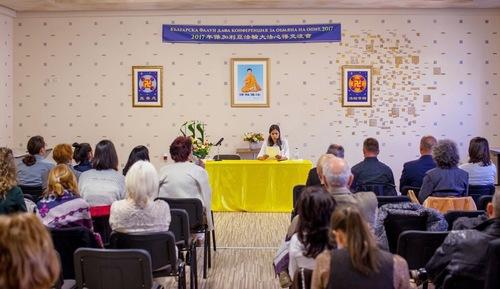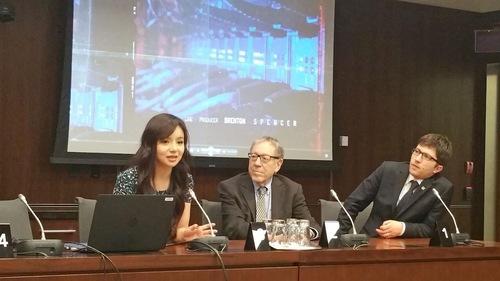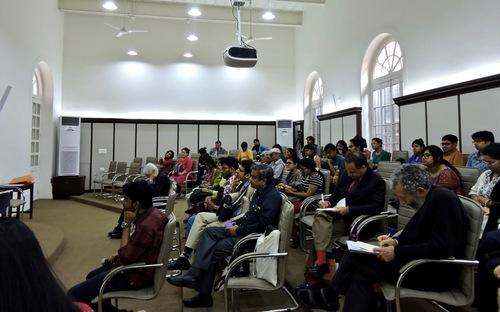For decades, the public has consumed sublime photos of distant stars and galaxies produced by NASA, with a few, like the Pillars of Creation, having reached iconic status. Everyone knows where the images come from: spacecrafts like the Hubble Space Telescope or the Mars Rover, but that’s only half of the story. What’s less known that the raw data undergoes extensive processing before they’re released to the world.
In a blog post on Sept. 28, Adobe lays out the postproduction editing involved in creating NASA’s visual masterpieces. To create the panoramic landscape of Mars, editors at NASA have to first stitch together dozens of photos, most of which aren’t aligned with the horizon, and crop out jags to give the photo a geometric frame.

An original composite of 'Marathon Valley' taken by the Mars Exploration Rover Opportunity on March 3-4, 2015. NASA/JPL-Caltech




